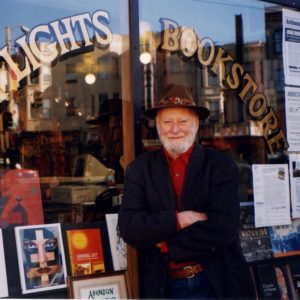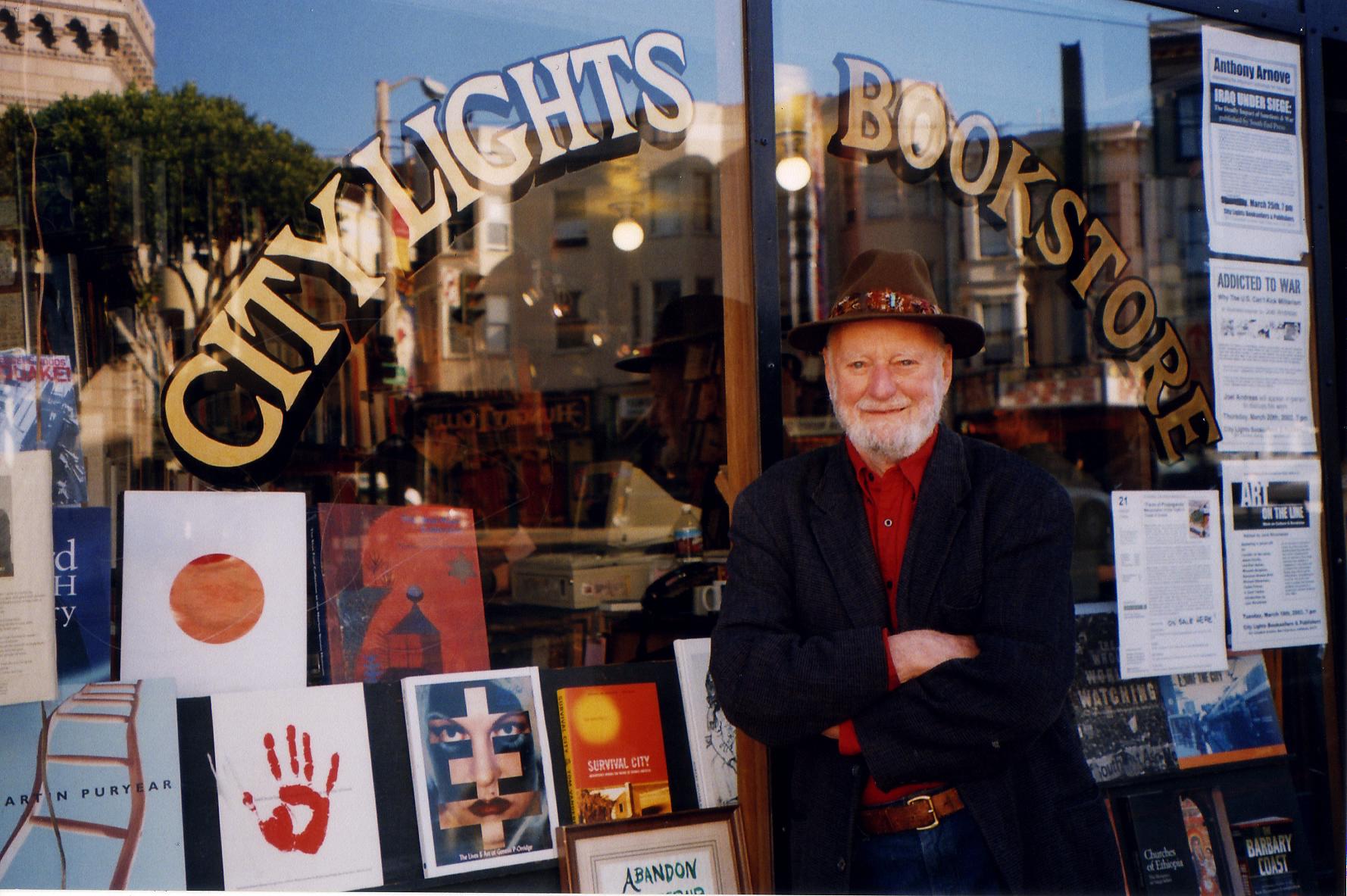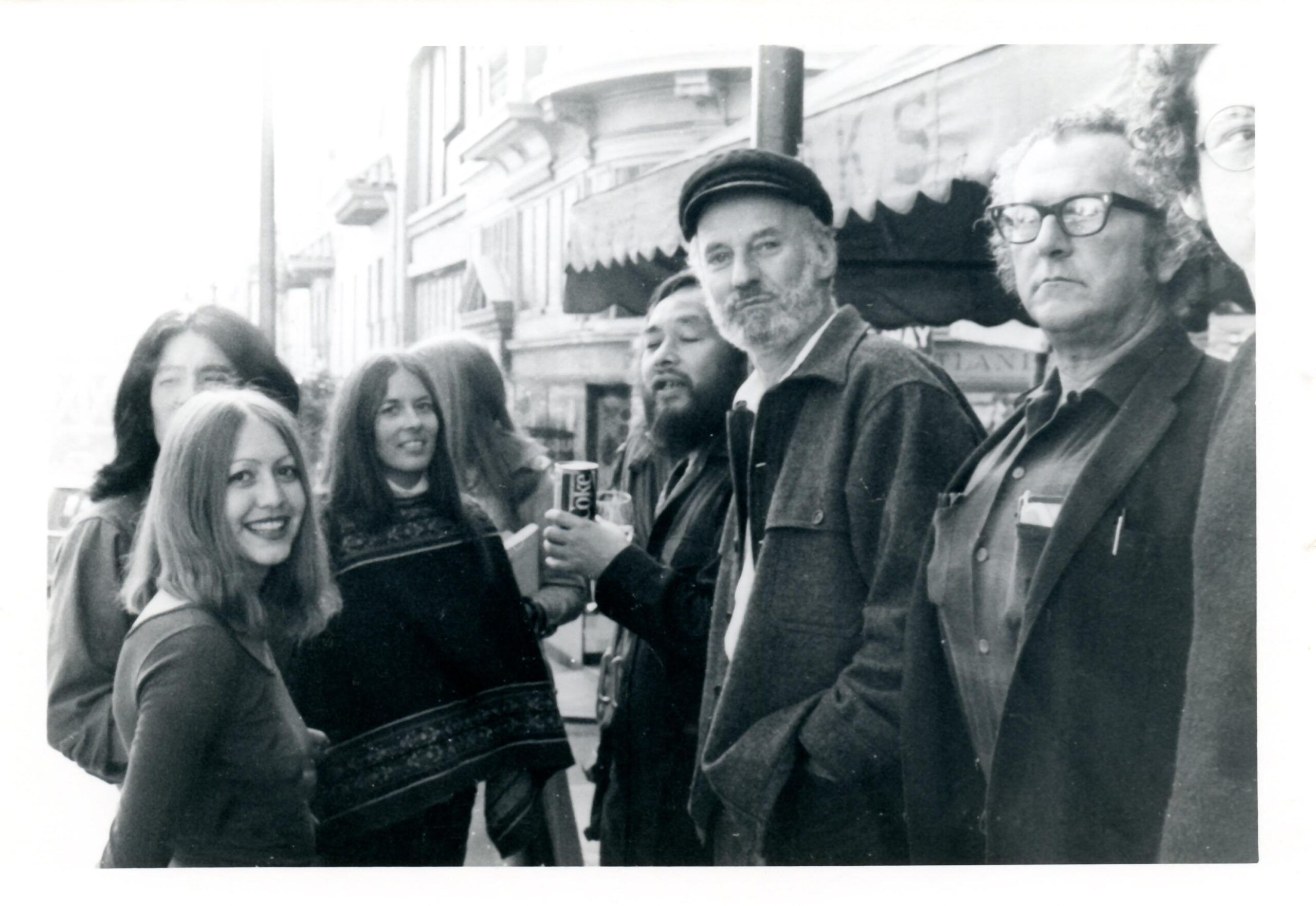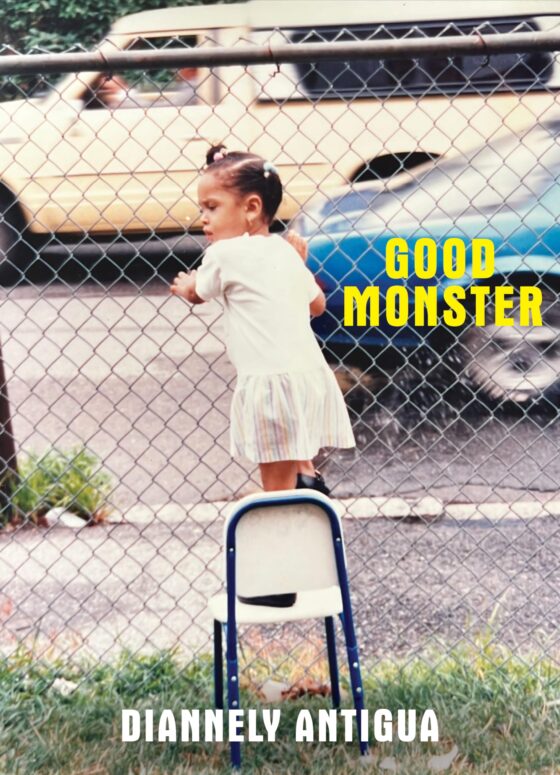
Like many Americans, I entered into the first year of the Trump presidency unequipped for the daily jolts of headlines, tweets, and misinformation. Amidst alleged Russian electoral tampering, white supremacy rallies, North Korea missile taunts, threats of press censorship, withdrawal from the climate accord, hate speech toward women, refugees, transgender members of the military, dreamers, Mexicans, El Salvadorians, Haitians, and the entire continent of Africa, I wonder how one can sustain a spirit of defiance, of combatting lies and creating change over a long period of time.
This has led me to revisit the poetry and the biography of Lawrence Ferlinghetti, the writer, painter, activist and publisher whose ninety-ninth birthday is today, March 24. Perhaps best known as the co-founder of City Lights Booksellers, the first paperback bookstore in the United States, Ferlinghetti created the Pocket Poets Series, which brought us works like Frank O’Hara’s Lunch Poems and Allen Ginsberg’s HOWL. When HOWL became the controversial text associated with the free speech movement in 1957, it was Ferlinghetti who went to trial for his role in both publishing and selling it.
The vindication of HOWL, largely thanks to the ACLU’s defense, reflects Ferlinghetti’s and the Beat writers’ stance that writing freely shared without censorship is a central to being American. In this way, City Lights is tethered to the concept that the public has the right to be informed. The decision to found a bookstore and publishing house simultaneously allowed for creativity in how the store could be financed. By not accepting government grants, City Lights maintained control of what they could publish which allowed for works with more radical thought.
City Lights is known for fostering in-person gatherings. Contemporaries like Jack Kerouac, Allen Ginsberg, and Neal Cassidy performed work in the basement, where shop-goers were encouraged to sit and read. This might seem obvious—that in-person meetings foster connection and momentum—but it’s something I’ve needed to relearn in the digital age. Any time I step away from my screen and step out for community meetings and events like the Women’s March, I feel a renewed sense of solidarity and commitment to living out my ideals.
Ferlinghetti’s own poetry is notoriously critical of politicians and the status quo. He believes that “[d]emocracy is not a spectator sport,” and is unafraid to name names and take stances publicly. This signature spirit shows up in his poem, “I Am Waiting:”
I am waiting for my case to come up
and I am waiting
for a rebirth of wonder
and I am waiting
for someone to really discover America
and wail
and I am waiting
for the discovery
of a new symbolic western frontier
and I am waiting
for the American Eagle
to really spread its wings
and straighten up and fly right
and I am waiting
for the Age of Anxiety
to drop dead
and I am waiting
for the war to be fought
which will make the world safe
…I am waiting for my number to be called
and I am waiting
for the Salvation Army to take over
and I am waiting
for the meek to be blessed
and inherit the earth
without taxes
According to Ferlinghetti: A Biography by Neeli Cherkovski, Ferlinghetti’s political sentiments began taking shape in his twenties. He served as a commanding officer on a Navy sub-chaser during D-Day and saw the aftermath of the atomic bomb in Nagasaki, which had been dropped six weeks earlier. This, and other experiences (including having to perform a burial at sea for a fallen solider) led him to form a strong anti-war stance.
Over the years, posters in City Lights windows, often painted in Ferlinghetti’s handwriting, have questioned everything from the Vietnam War to the war in Iraq. In a 1998 interview, he told the New York Times, “In Plato’s republic, poets were considered subversive, a danger to the republic… I kind of relish that role.” As Ferlinghetti grew in his activism, he participated in demonstrations against House Un-American Activities Committee hearings in San Francisco, protests for civil rights in numerous cities, and sit-ins against the draft. He became interested in the freedom and revolutionary movements in other countries as well, traveling to Mexico, Cuba, Russia, and Nicaragua at key political moments to lend his support.
One attribute of Ferlinghetti’s poetry is accessibility. His lines are often lean and straightforward; with clarity of thought, as well as lyrical grace and a healthy dose of imagination. He wants readers to know what he’s talking about on the first read, and prefers to not come across as overly intellectual. In fact, he expresses distain for academics who show elitism or exclusivity to newcomers, saying: “Truth is not for the sacred few.”
Similar to Rilke’s Letters to a Young Poet, Ferlinghetti often addresses his poems to young writers using the second person (i.e., addressing the reader as “you”), as he does in his long poem “Poetry as Insurgent Art.” It’s as if he’s talking to us directly, with instructions like:
If you would be a poet, create works capable of answering the challenge of apocalyptic times.
*
Challenge capitalism masquerading as democracy.
*
Invent a new language anyone can understand.
*
Read between the lines of human discourse.
*
Resist much, obey less.
*
Secretly liberate any being you see in a cage.
*
Be a poet, not a huckster. Don’t cater, don’t
pander, especially not to possible audiences,
readers, editors, or publishers.*
Come out of your closet. It’s dark in there.
*
Raise the blinds, throw open your shuttered
windows, raise the roof, unscrew the locks
from the doors, but don’t throw away the
screws.*
Be committed to something outside yourself.
Be militant about it. Or ecstatic.
Not all of Ferlinghetti’s poems revolve around activism and social justice. In fact, much of his work tends to be about art and daily life: couples in love at the park; a statue he admires; San Francisco mornings; Giants games; a dog walking around Chinatown seeing fish in newsprint and chickens in windows strung upside down. Ferlinghetti knows how to press pause and let a moment ring. This lesson feels especially relevant to our moment: that it’s possible to be both a frustrated activist and also a present and joyful human being.
Something I notice in his work and life is Ferlinghetti’s gift for openness and finding inspiration. In his poems, he borrows from jazz, Greek myths, folktales, paintings, sports, pop culture, and philosophy. There are many stories about him following his curiosity as a young man: taking notes in poetry classes he wasn’t enrolled in, or bringing his own canvas and paints set to sit in with artists around Europe. Even founding City Lights Booksellers came from following his intuition. He had admired the magazine, City Lights, and shortly after meeting the editor, Peter Martin, agreed to his suggestion that they start a paperback bookstore. The two men rented space in the North Beach building that housed the magazine and each put in $500 dollars, which was enough to stock the store.
It’s not that these events are totally unexpected—Ferlinghetti studied literature and journalism and, by the time he helped found City Lights, had already been exposed to successful publishing models abroad—but there is an openness in his life, and a wide-ranging inspiration in his work, that I think we can learn from. The Pocket Poet Series is an excellent example. The series, which is one of his most enduring legacies, was modeled after a French poetry series Ferlinghetti admired called Poètes d’aujourd’hu. In another example, one my favorite Ferlinghetti poems, “Baseball Canto,” drew inspiration from Ezra Pound’s poem “The Cantos” first published in 1922.
Here’s part of “Baseball Canto”:
Watching baseball
sitting in the sun
eating popcorn
reading Ezra Pound
and wishing that Juan Marichal
would hit a hole right through
the Anglo-Saxon tradition
in the first Canto
and demolish the barbarian invaders
When the San Francisco Giants take the field
and everybody stands up for the National Anthem
with some Irish tenor’s voice
piped over the loudspeakers
with all the players struck dead in their places
and the white umpires like Irish cops
in their black suits and little
black caps pressed over their hearts
standing straight and still
like at some funeral of a blarney bartender
and all facing East
as if expecting some Great White Hope
or the Founding Fathers
to appear on the horizon
like 1066 or 1776 or all that …
This openness to inspiration is, I believe, Ferlinghetti’s greatest strength. As a publishing house, City Lights mirrors this attribute by elevating innovative styles and diverse writers, including international voices. From the work of Bayard Rustin (the under-appreciated civil rights activist who planned the 1963 March on Washington), to more recent works on climate change, gun control, race relations, and feminism, City Lights publishing models a kind of citizenship that is complex, globally minded, and cross-genre. These values come across in the bookstore’s hiring practices as well, notably with the early hiring of beloved bookseller Shigeyoshi Murao, a Japanese American who had been held in an internment camp during WWII.
One of my favorite stories in Ferlinghetti’s biography is about how he met Allen Ginsberg. I always thought they connected after Ferlinghetti heard Ginsberg read HOWL at the Six Gallery in 1955. In reality, Ginsberg had walked into City Lights months before with a different manuscript, which Ferlinghetti rejected. Ginsberg later came in with early versions of HOWL, which Ferlinghetti liked but couldn’t afford to publish at the time. The two icons left the door open for future collaboration, which came to fruition after the 1955 reading. What I love about this story is that their life-long partnership only happened because they were able to remain open and find the right project at the right time. It highlights the art of building relationships, and how important artistic collaborations can be.
There is no poet, or individual poem, or other antidote that will truly ease my concern about living under a president who is malicious and unfit. I will say, however, that reflecting on Ferlinghetti’s example of longevity as a poet, a citizen, and a builder of relationships has been something of a balm. If you call City Lights Publishing today, you’ll hear Ferlinghetti’s voice on the directory saying: “Welcome to City Lights Bookstore, a literary hang-out!” His idea of hanging out, of staying a while and taking the time to read something, or talk to someone new, feels almost revolutionary in this time of divisive politics. Ferlinghetti understands that change takes time. It involves learning from history, building community, and being open to inspiration. Ferlinghetti’s work and life teaches us that inspiration can come from anywhere: biographies, message machines, ball games, partnerships, even poems by an old citizen-poet with a long name and a track record of making his time on earth count.
***
Selected Bibliography:
Cherkovski, Neeli. Ferlinghetti: A Biography. DoubleDay. 1979.
Ferlinghetti, Lawrence. A Coney Island of the Mind. New Directions. 1968.
Ferlinghetti, Lawrence. Wild Dreams of a New Beginning. New Directions. 1988.
Ferlinghetti, Lawrence. A Far Rockaway of the Heart. New Directions. 1998.
Ferlinghetti, Lawrence. Pictures of a Gone World. City Lights Pocket Poets Series. 2001.
Ferlinghetti, Lawrence. How to Paint Sunlight. New Directions. 2002.
Ferlinghetti, Lawrence. Poetry as Insurgent Art. New Directions, 2007.
Ferlinghetti, Lawrence. Ferlinghetti’s Greatest Poems. New Directions. 2017.
Janofsky, Michael. “A City’s Most Famous Poet Gets it in Writing.” The New York Times. 1998.
***
Special thanks to City Lights for assisting with this piece. Photographs provided courtesy of City Lights. Photograph of Lawrence Ferlinghetti © Stacey Lewis. Photograph of “Democracy Is Not a Spectator Sport” sign © Chris Carosi.







